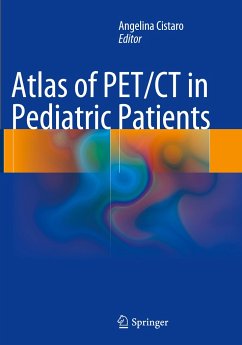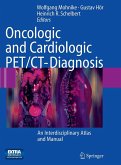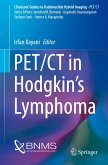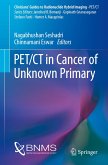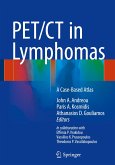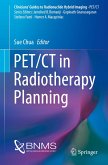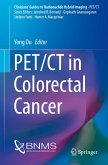This richly illustrated book presents the pediatric applications of PET/CT in the full range of scenarios frequently encountered in a professional setting. It opens with a thorough introduction covering the fundamental science and the clinical basis for use of PET/CT in this age group. Pitfalls and artifacts are examined, and normal variations and benign findings are carefully described. Each subsequent chapter addresses the role of PET/CT with different radiopharmaceuticals in the evaluation and management of a specific disease. The full range of oncological diseases is covered, including the rare ones. Succinct descriptions of clinical cases are included and, when appropriate, comparisons are made with other modalities. In addition, the role of PET/CT in biopsy guidance and in radiation therapy planning is explained. This book will be invaluable for residents and practitioners in nuclear medicine, radiology, oncology, radiation oncology, and nuclear medicine technology
From the book reviews:
"The book is well written and highly didactic, therefore having a very high appeal for residents and practitioners, first of all for those involved in pediatrics. In my opinion, this volume has to be present in all nuclear medicine labs and is also useful for nuclear physicians, radiologists, oncologists, clinicians, surgeons, and all people who want to be updated on the state of the art and on clinical indications for PET/CT in infants and young patients." (Luigi Mansi, European Journal of Nuclear Medicine and Molecular Imaging, Vol. 41, 2014)
"The book is well written and highly didactic, therefore having a very high appeal for residents and practitioners, first of all for those involved in pediatrics. In my opinion, this volume has to be present in all nuclear medicine labs and is also useful for nuclear physicians, radiologists, oncologists, clinicians, surgeons, and all people who want to be updated on the state of the art and on clinical indications for PET/CT in infants and young patients." (Luigi Mansi, European Journal of Nuclear Medicine and Molecular Imaging, Vol. 41, 2014)

